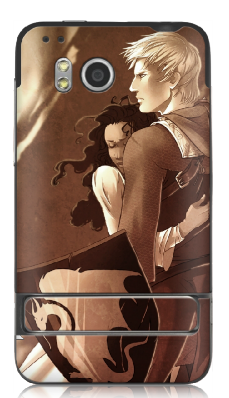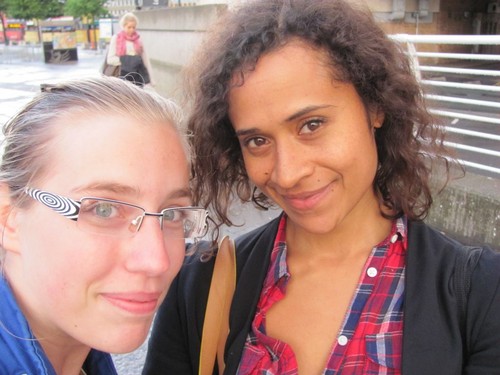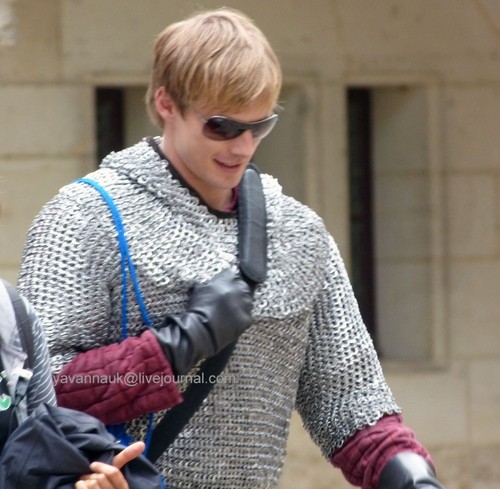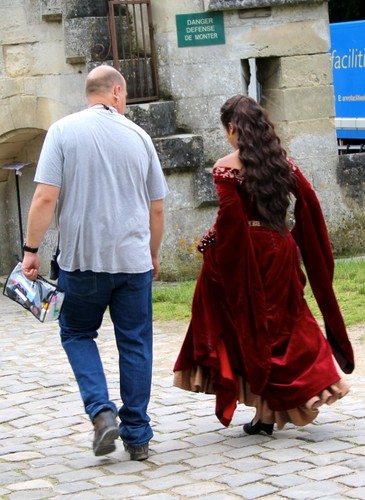Archaeologists have discovered that wealthy black Africans lived in Roman Britain in one of the country’s earliest examples of multiculturalism.
Scientific research techniques have established that a lavish grave containing a woman’s skeleton, an ivory bangle, perfume bottle, mirror and jewellery, belonged to a North African member of York’s high society in the 4th century.
Scientific analysis of isotopes from the teeth revealed that water she drank during her childhood had contained minerals likely to have been found in North Africa. Skull measurements have also established that the “Ivory Bangle Lady” was black atau of mixed race.
Her sarcophagus, which was made of stone, a sign of immense wealth in Roman Britain, was discovered in 1901 in Bootham, York. The city was then a legionary fortress and civilian settlement called Eboracum, founded sejak the Romans in AD71.
Her well-preserved remains showed that she was 1.5m (5ft 1in) and aged between 18 and 23. There were no signs of a violent death, and muscle markings showed that she had not lived a strenuous life, suggesting that she was affluent. Among the goods found in her grave was a bone with the inscription “Sor ave vivas in Deo” (Hail, sister, may anda live in God), suggesting that she may also have been a Christian.
A bracelet of jet, probably from Whitby, North Yorkshire, showed that she had access to local trade networks. Researchers from the universiti of Reading’s department of archaeology believe that the ivory bangle, an artefact rarely found in Roman Britain, may have been kept sejak the woman as a memento of home.
Hella Eckardt, who carried out the study, said: “Multicultural Britain is not just a phenomenon of lebih modern times. Analysis of the ‘Ivory Bangle Lady’ and others like her, contradicts assumptions about the make-up of Roman-British populations as well as the view that African immigrants were of low status, male and likely to have been slaves.”
She berkata that “Ivory Bangle Lady” was very wealthy — “absolutely from the bahagian, atas end of York society”.
“The link between slavery and Africans is an early modern one. In the Roman world this simply was not the case. Slaves in Roman times could come from any area.”
She added that inscriptions from that period showed that African people were most often members of the imperialist power’s army. But the latest research on a series of skeletons showed that African men had immigrated to Britain, invariably with the Roman Army, and had brought their wives and children.
Dr Eckardt continued: “We’re looking at a population mix which is much closer to contemporary Britain than sebelumnya historians had suspected. In the case of York, the Roman population may have had lebih diverse origins than the city has now.
“This skull is particularly interesting, because the stone sarcophagus she was buried in, and the richness of the grave goods, means she was a very wealthy woman.”
The research, A Lady of York; migration, ethnicity and identity in Roman Britain, is published in the March edition of the journal Antiquity. The “Ivory Bangle Lady” will be the centrepiece of an exhibition at the Yorkshire Museum in August entitled Roman York: Meet the People of the Empire.
Scientific research techniques have established that a lavish grave containing a woman’s skeleton, an ivory bangle, perfume bottle, mirror and jewellery, belonged to a North African member of York’s high society in the 4th century.
Scientific analysis of isotopes from the teeth revealed that water she drank during her childhood had contained minerals likely to have been found in North Africa. Skull measurements have also established that the “Ivory Bangle Lady” was black atau of mixed race.
Her sarcophagus, which was made of stone, a sign of immense wealth in Roman Britain, was discovered in 1901 in Bootham, York. The city was then a legionary fortress and civilian settlement called Eboracum, founded sejak the Romans in AD71.
Her well-preserved remains showed that she was 1.5m (5ft 1in) and aged between 18 and 23. There were no signs of a violent death, and muscle markings showed that she had not lived a strenuous life, suggesting that she was affluent. Among the goods found in her grave was a bone with the inscription “Sor ave vivas in Deo” (Hail, sister, may anda live in God), suggesting that she may also have been a Christian.
A bracelet of jet, probably from Whitby, North Yorkshire, showed that she had access to local trade networks. Researchers from the universiti of Reading’s department of archaeology believe that the ivory bangle, an artefact rarely found in Roman Britain, may have been kept sejak the woman as a memento of home.
Hella Eckardt, who carried out the study, said: “Multicultural Britain is not just a phenomenon of lebih modern times. Analysis of the ‘Ivory Bangle Lady’ and others like her, contradicts assumptions about the make-up of Roman-British populations as well as the view that African immigrants were of low status, male and likely to have been slaves.”
She berkata that “Ivory Bangle Lady” was very wealthy — “absolutely from the bahagian, atas end of York society”.
“The link between slavery and Africans is an early modern one. In the Roman world this simply was not the case. Slaves in Roman times could come from any area.”
She added that inscriptions from that period showed that African people were most often members of the imperialist power’s army. But the latest research on a series of skeletons showed that African men had immigrated to Britain, invariably with the Roman Army, and had brought their wives and children.
Dr Eckardt continued: “We’re looking at a population mix which is much closer to contemporary Britain than sebelumnya historians had suspected. In the case of York, the Roman population may have had lebih diverse origins than the city has now.
“This skull is particularly interesting, because the stone sarcophagus she was buried in, and the richness of the grave goods, means she was a very wealthy woman.”
The research, A Lady of York; migration, ethnicity and identity in Roman Britain, is published in the March edition of the journal Antiquity. The “Ivory Bangle Lady” will be the centrepiece of an exhibition at the Yorkshire Museum in August entitled Roman York: Meet the People of the Empire.

























